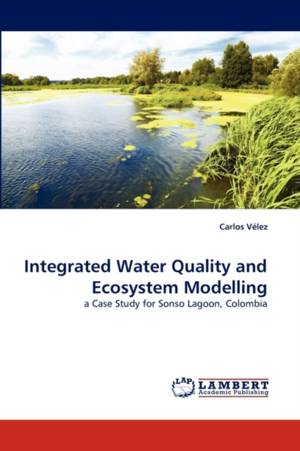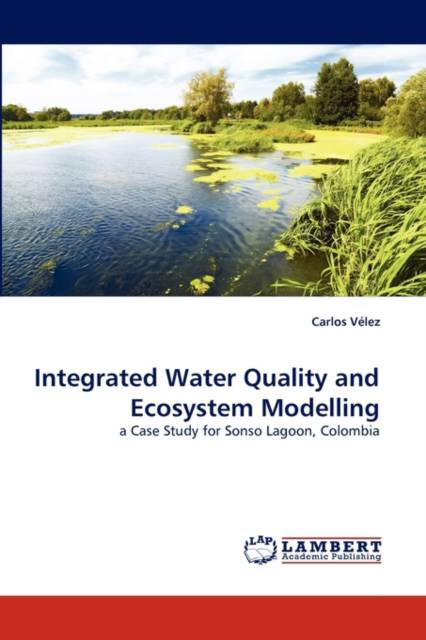
Door een staking bij bpost kan je online bestelling op dit moment iets langer onderweg zijn dan voorzien. Dringend iets nodig? Onze winkels ontvangen jou met open armen!
- Afhalen na 1 uur in een winkel met voorraad
- Gratis thuislevering in België vanaf € 30
- Ruim aanbod met 7 miljoen producten
Door een staking bij bpost kan je online bestelling op dit moment iets langer onderweg zijn dan voorzien. Dringend iets nodig? Onze winkels ontvangen jou met open armen!
- Afhalen na 1 uur in een winkel met voorraad
- Gratis thuislevering in België vanaf € 30
- Ruim aanbod met 7 miljoen producten
Zoeken
€ 58,45
+ 116 punten
Omschrijving
The pollution of water bodies with nutrients create a rich environment that encourages the growth of algae and invasive water plants such as the Water Hyacinth. The Water Hyacinth in its natural habitat does not represent a major problem, but out of its natural habitat, the water plant double its biomass in less than two weeks. The plants mesh form thick floating mats that rapidly cover the surface of the infested water body. This book presents the development of a Water Hyacinth Model. The model is based in a Demographic growth function and considers growth-limiting factors like nutrients, temperature, solar radiation, pH and biomass density. Three control strategies can be assessed: harvesting the plant, use bio control agents and chemical abatements. The model was developed in the Open Process Library of DELWAQ which facilitates the coupling online with the water quality and hydrodynamic model of Sobek. The book demonstrates the high potential of integration of water quality and ecosystem models in helping to understand the complex relationships between management actions and ecosystems responds.
Specificaties
Betrokkenen
- Auteur(s):
- Uitgeverij:
Inhoud
- Aantal bladzijden:
- 140
- Taal:
- Engels
Eigenschappen
- Productcode (EAN):
- 9783838380124
- Verschijningsdatum:
- 18/01/2011
- Uitvoering:
- Paperback
- Formaat:
- Trade paperback (VS)
- Afmetingen:
- 152 mm x 229 mm
- Gewicht:
- 213 g

Alleen bij Standaard Boekhandel
+ 116 punten op je klantenkaart van Standaard Boekhandel
Beoordelingen
We publiceren alleen reviews die voldoen aan de voorwaarden voor reviews. Bekijk onze voorwaarden voor reviews.











